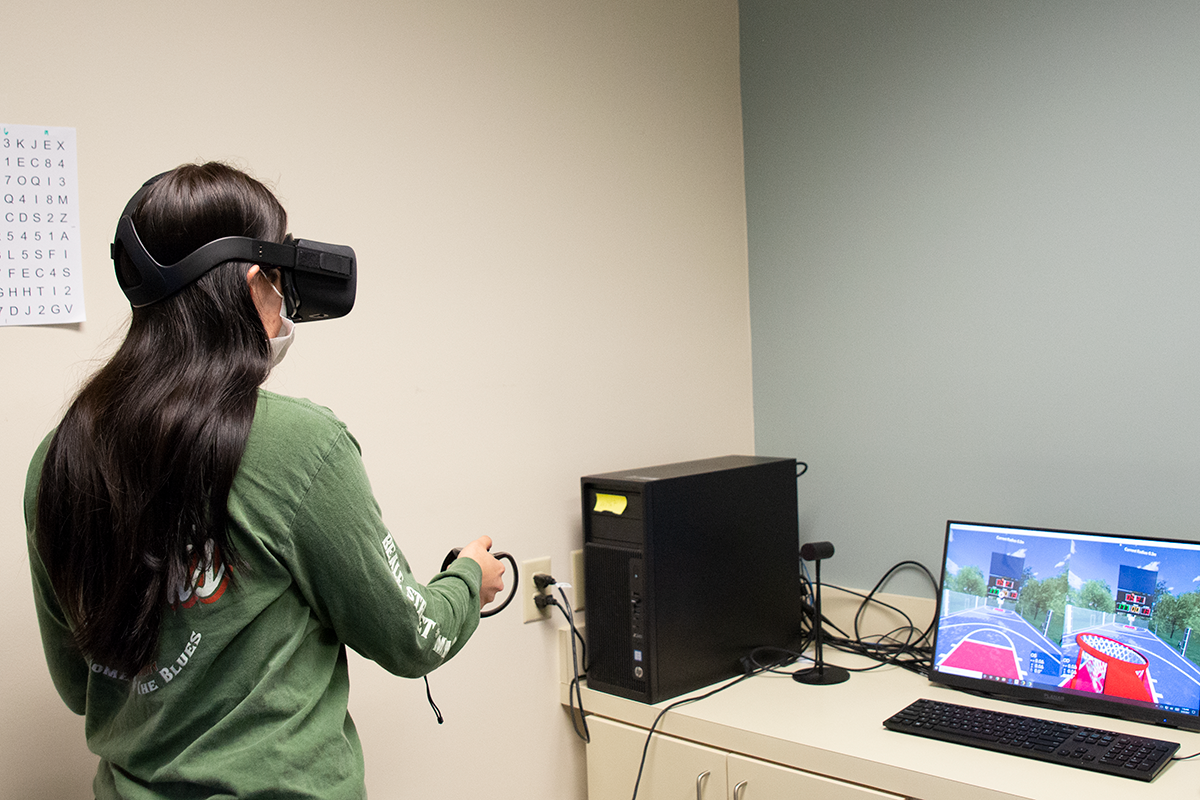New Virtual Reality Vision Therapy
People with Amblyopia and Strabismus:
Amblyopia and Strabismus are both functional vision issues that stem from how eyes work together (Eye Teaming) that hinder a person’s day-to-day activities.
Strabismus is a condition where both eyes are looking at different points at the same place and time, having difficulty in creating one complete 3D image. The most notable symptom is a visible eye turn. Whereas, Amblyopia suppresses eyesight in one or both eyes.
This is more of an internal, functional vision problem. These three types result in suppressing vision: Refraction(uncorrected high prescription), Strabismus(consistent eye turn in one eye), and Deprivation(impaired eyesight from physical problems). Both conditions suffer from poor depth perception and need Vision Therapy.
With Strabismus, you may need surgery, and with Amblyopia, an eye patch, eyeglasses, and vision therapy would be needed, but may not be enough. Less non-invasive treatment such as Virtual Reality Vision Therapy called Vivid Vision would best be suited for such persons.
Vivid Vision:
Vivid Vision Virtual Reality is an effective, alternative solution for those with Strabismus and Amblyopia with two main types of games: Anti-suppression (both eyes turn) and Vergence (eyes work together). You must first have a comprehensive exam done by a Behavioral Optometrist, which is beneficial to children and adults. You will then have customized vision therapy training, in the office, using the Vivid Vision Virtual Reality headset.
The main focus of Vision Therapy training with Virtual Reality exercises, using an Oculus VR Headset, is to improve depth perception, visual memory, and visual problems. This headset works with a camera that tracks head and arm movements, via a hand gesture controller, to strengthen a person’s hand-eye coordination. All of the person’s activities and images get sent to a desktop while being viewed by the Optometrist. From there the person’s activities will be monitored. These virtual reality training challenges and exercises are immersive, fun, and interactive and may cause a person to see 3D for the first time.











 powerhousegroup.net
powerhousegroup.net